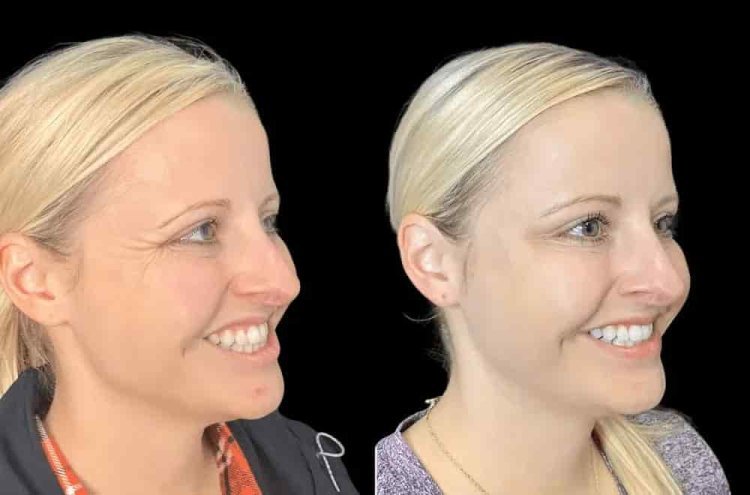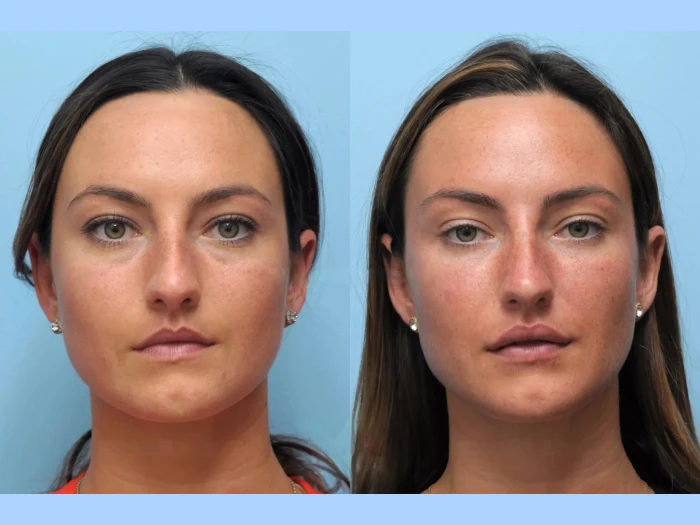Burnout is more than feeling tired — it’s a chronic state of emotional, mental, and often physical exhaustion caused by prolonged stress, usually from work, caregiving, or life circumstances. In a fast-moving city like New York, where long hours, high expectations, and constant connectivity are the norm, burnout is extremely common. The good news: effective, evidence-based therapies exist, and NYC offers a wide range of qualified clinicians, specialty programs, and community resources to help people recover, rebuild boundaries, and reclaim energy and purpose.
What burnout looks like
Burnout typically shows up as a combination of symptoms:
-
Chronic exhaustion (even after rest).
-
Emotional numbness, cynicism, or detachment from work or relationships.
-
Reduced productivity, concentration problems, and feelings of incompetence.
-
Increased irritability, sleep disturbances, headaches, or digestive problems.
-
Loss of motivation or enjoyment in activities that once mattered.
Recognizing these signs early makes therapy more effective. Many people first chalk symptoms up to temporary stress, but if they persist for weeks to months, professional help is warranted.
Why therapy for burnout helps
Burnout isn’t just personal weakness — it’s a reaction to prolonged stressors and often a mismatch between the individual and their environment (workload, values, control, resources). Therapy helps by:
-
Identifying the root causes (workplace dynamics, perfectionism, chronic caregiving, systemic issues).
-
Rebuilding emotional regulation and coping skills.
-
Changing unhelpful thinking patterns and perfectionistic beliefs.
-
Creating sustainable boundaries and practical plans to reduce stress load.
-
Addressing co-occurring depression, anxiety, or trauma that often accompany burnout.
Therapy provides both immediate symptom relief (sleep, mood, concentration) and long-term behavior and boundary changes so relapse is less likely.
Therapy approaches commonly used for burnout
NYC clinicians use several evidence-based approaches tailored to burnout:
Cognitive Behavioral Therapy (CBT) — helps identify and reframe negative thought patterns (e.g., “I must do everything perfectly”) and replace them with more flexible, realistic beliefs; includes behavioral activation to rebuild motivation.
Acceptance and Commitment Therapy (ACT) — teaches acceptance of difficult feelings and commitment to values-driven action; useful when perfectionism or rigid rules keep people stuck.
Mindfulness-Based Stress Reduction (MBSR) and Mindfulness-Based Cognitive Therapy (MBCT) — reduce physiological reactivity to stress and improve present-moment awareness, which lowers rumination and improves sleep.
Interpersonal Therapy (IPT) — when burnout is driven by relationship stress or role transitions (promotions, caregiving), IPT helps improve communication, role clarity, and support.
Dialectical Behavior Therapy (DBT) skills — offers practical emotional regulation, distress tolerance, and interpersonal effectiveness tools that help under extreme stress.
Group therapy and psychoeducational workshops — provide normalization, peer support, and concrete skills; groups can be especially effective for professionals who feel isolated.
Coaching combined with therapy — some clinicians combine executive or life coaching with clinical therapy to target both practical workplace changes and deeper emotional patterns.
What to expect in therapy sessions
Initial assessment: 1–2 sessions to evaluate symptoms, daily functioning, medical history, and any co-occurring conditions (depression, anxiety, substance use).
Goal-setting: Establish short-term relief goals (sleep, energy, mood) and longer-term goals (boundary-setting, role changes, values alignment).
Skill-building: Therapy will teach practical tools—sleep hygiene, relaxation techniques, cognitive restructuring, time management, and assertive communication.
Workplace interventions: Therapists often help create scripts for conversations with managers, draft return-to-work plans, or collaborate with occupational health when appropriate.
Homework and practice: Expect brief, structured exercises between sessions—mindfulness practices, scheduling pleasurable activities, or small boundary experiments.
Duration: Varies. Some see measurable improvement in 6–12 sessions; others choose longer-term therapy for deep change.
Finding the right therapist in NYC
NYC has many clinicians; choosing one who understands burnout and your life context matters. Tips:
-
Look for clinicians who list “work stress,” “burnout,” “occupational stress,” or “executive burnout” on their profile.
-
Consider modality preferences: in-person, teletherapy, or hybrid (NYC offers many options).
-
Match therapeutic orientation to need (CBT/ACT for skill-building; psychodynamic or trauma-informed therapists for deeper emotional patterns).
-
Ask about experience with your profession or demographic (healthcare workers, attorneys, creatives).
-
Check logistics: sliding-scale fees, insurance acceptance, evening/weekend availability, and cancellation policies.
Check this Place for Burnout Therapy in NYC.
Cost, insurance, and accessibility in NYC
Therapy cost in NYC can be high, but there are many options:
-
Insurance: Many clinicians accept major insurers; verify in-network benefits and copays.
-
Sliding scale: Many private clinicians offer reduced fees based on income. Ask during intake.
-
Community clinics and nonprofit mental health centers: Offer lower-cost care and sometimes group programs.
-
University clinics and training institutes: Graduate training clinics often provide therapy at a reduced rate under supervision.
-
Employer resources: EAPs, union plans, and some employers contract with therapists for discounted care.
If cost is a concern, ask therapists about payment plans, group options, or referrals to low-cost community services.
Practical workplace steps that complement therapy
Therapy is most effective when paired with real workplace changes:
-
Prioritize tasks and eliminate non-essential commitments.
-
Negotiate workload, deadlines, or role responsibilities with your manager—therapy can help you prepare for that conversation.
-
Delegate frequently and accept “good enough” on lower-impact tasks.
-
Set strict boundaries for work hours and digital availability; schedule micro-breaks during the day.
-
Use paid time off and mental health days proactively to prevent escalation.
Employers in NYC are increasingly aware of burnout; some offer onsite programs, flexible scheduling, or return-to-work accommodations. Therapy can support you in accessing and using those accommodations.
Self-care practices that support therapy
Small, consistent habits support recovery:
-
Sleep hygiene: consistent wake/sleep times, no screens before bed.
-
Movement: even short daily walks reduce stress hormones.
-
Nutrition: regular meals and hydration stabilize mood and energy.
-
Social support: maintain low-effort social connections to avoid isolation.
-
Micro-recovery: 5–10 minute breaks for breathing or brief stretching during the workday.
Note: self-care is supportive but not a substitute for therapy when burnout is severe.
When to seek more urgent help
If you experience suicidal thoughts, self-harm urges, or an inability to care for yourself, seek immediate help—call emergency services or go to the nearest ER. If you’re not in immediate danger but struggling significantly, mention this to your therapist so they can adjust the treatment plan or refer to higher-level care.
Recovery is possible — and individualized
Burnout recovery isn’t a one-size-fits-all timeline. Some people recover in a few months with targeted therapy and workplace changes; others need longer to repair chronic patterns and life circumstances. Therapy in NYC can be tailored to your schedule, culture, and professional realities. The goal is not simply to “tough it out” but to build sustainable rhythms, healthier boundaries, and a life that aligns with your values.
Final practical steps
If you’re ready to start:
-
Make a short list of what’s most draining (work hours, a relationship, caregiving).
-
Search for therapists who specialize in workplace stress or burnout and check availability for an initial intake.
-
Bring concrete examples to your first session (typical day, sleep, thoughts that run on repeat).
-
Ask about measurable short-term goals (sleep improvement, two boundary conversations) so you know therapy is working.
Burnout is both common and treatable. With the right therapist, a few practical changes, and patient self-compassion, you can recover energy, restore meaning, and create a sustainable relationship with work and life—right in the heart of NYC.



